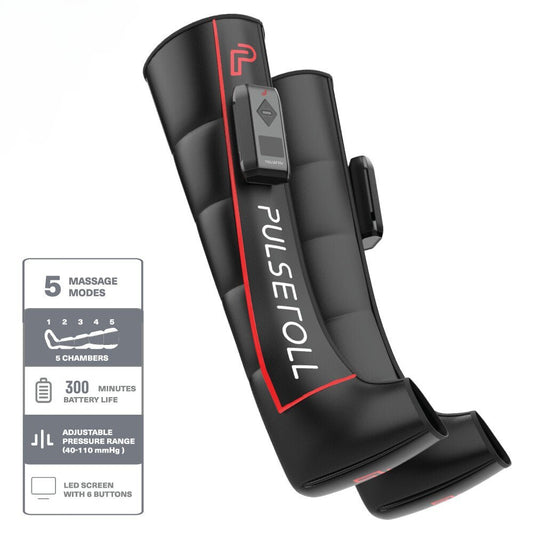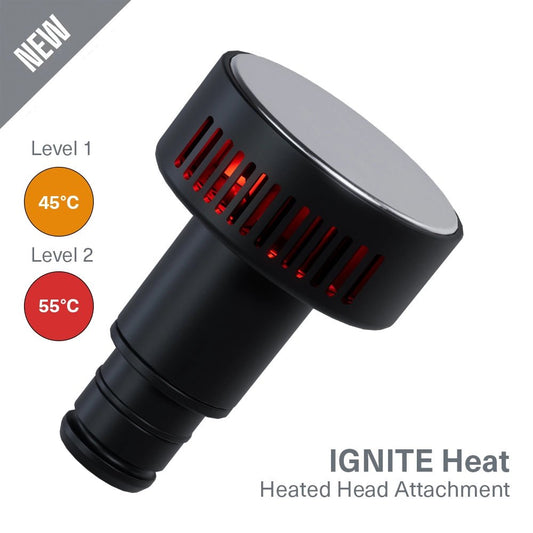Sciatica is the name given to a common condition that many suffer from; one that is often mistaken for general back pain, but often and most of the time the pain is sciatica related. This is a condition that attacks the sciatic nerve and can cause the sufferer a lot of pain.
We spoke to Dr. Brent Wells, D.C. about his experience with sciatica pain and what he thinks about certain sciatica pain treatments. Keep reading our post as we explore the causes and most common symptoms of sciatica, treatment options, and if and how foam rolling is one of the best ideas for relieving sciatica pain.
What are the causes of sciatica pain?

To put it simply, sciatica is caused when the sciatic nerve, the longest and widest nerve in your body that runs from your hips to your feet, is irritated. Perhaps in less simpler terms, sciatica pain happens when the roots of the lumbar region and lumbosacral spine become irritated.
Not only this, but you can also develop sciatica from lumbar spinal stenosis. This occurs when the spinal canal in your lower bank narrows. Degenerative disc disease and spondylolisthesis can lead to the development of sciatica as well.
From what Dr Wells has seen at his chiropractic Wasilla clinic, more common and not so serious causes of sciatica are pregnancy and muscle spasms in your back and your bottom. Being overweight, wearing high heels on a regular basis, not getting enough exercise and movement, and sleeping on a mattress that is not suited to your body can trigger the condition as well. Doing these things if you already have sciatica will make your pain much worse as well.
Sciatica pain will run from your lower back to the mid region of your thigh. If the location of the pain is a little different you may also feel the pain extend to your foot and toes as well.
What are the common symptoms of sciatica pain
The common symptoms of sciatica pain are fairly straightforward and easy for most people to identify. There are some obvious signals that indicate whether or not you are suffering from this condition, which include the following symptoms:
- Lower back pain
- Pain in your leg or bottom, especially when you are sitting down
- Pain in your hip
- Tingling or burning sensations down your leg
- Weakness and numbness in your leg – it is often hard to move your leg or foot
- Shooting pains that make it hard to stand up.
Typically, sciatica pain will only affect one side of your body and not the other, making this one of the easiest ways to determine that you have sciatica. For example, if you were experiencing the symptoms mentioned above only on the right side of your body, this would suggest that you are suffering from sciatica pain and not lower back pain in general.
What are the sciatica pain treatments?

It is worth noting that sciatica is completely treatable, at home, through various non-surgical options and drug-free therapies. Some people tend to favour physical therapy as a treatment option as certain sciatica pain relief exercises can help to heal your sciatic nerve.
Exercise is another preferred option for treatment and pain relief. Although it may sound slightly counterintuitive, moving your body is one of the best things you can do if you are suffering from sciatica. Low impact walking can have a really positive impact if you are looking to ease sciatica pain. Perhaps try walking outside or slowly on a treadmill. It is worth noting that you should begin exercising after receiving guidance and advice from a doctor.
Although it is tempting to engage in this particular activity, bed rest for long periods of time should be avoided as it can make the pain and condition worse overall. Although it is a common misconception, bed rest does not speed up or help the recovery of sciatic pain. In fact, sitting and lying down increases the pressure on the discs in your lower back, making sciatica worse.
Another option for helping to treat sciatica and stop its recurrence is by seeing a chiropractor. They can work to help relieve pain, pressure, tension, inflammation, and pain caused by sciatica. A chiropractor can also help create a plan personalised to your specific needs to help prevent the condition from coming back or from recurrent pain.
Using a foam roller for sciatica

Perhaps one of the more generally overlooked treatment methods of sciatica, using a foam roller for sciatica is extremely effective and something that is worth trying out. Using a foam roller is a form of self-myofascial release and is frequently used for helping pain that is associated with tightness located in the fascia. With the ease of foam rolling, releasing tension, tightness, and knots in the muscles becomes much easier and less of a chore as it was before.
When you are starting to use a foam roller for sciatica, it is important to start slow and with a foam roller that is not too hard. Doing too much when you first begin can cause even more pain than you had before and result in you feeling extremely uncomfortable. When using a foam roller, you should locate a spot on the body that is tight, painful, or where you can feel a knot, and gently roll over the area a few times. You can also hold the roller in the spot where you feel the pain. By doing this, you will allow the tension or knot to release, meaning that you will feel nearly instant relief. Using a foam roller that will vibrate the area where you are experiencing the pain can provide even deeper relief to release all of that tension and tightness in your leg, hip, bottom, and lower back.
This is where Pulseroll can help you. With our range of innovative vibration training equipment, we have something for everyone. By using our vibrating foam roller or vibrating single ball, you will be able to use a specially formulated foam roller for sciatica. Additionally, using a vibrating single ball will allow you to easily hold the ball in the spot where you are experiencing the pain.
Regardless of the cause of your sciatica, using a foam roller for sciatica can help to drastically reduce your symptoms. By educating yourself on sciatica and investing in worthy products to help, you will be able to receive the best possible sciatica pain treatment.


